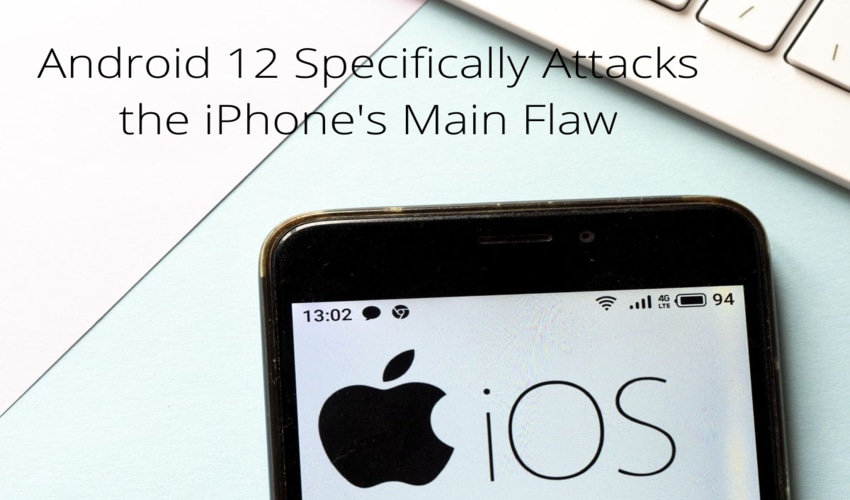
Today’s fiercely challenging business climate necessitates a multitude of new online platforms for companies to use in order to get the most value for money. Over the last few years, the constant use of mobile phones has been integrated into everyone’s daily lives. Numerous organizations have benefited from this digital application, which has elevated them to the top of the competition.
The keynote at Google I/O presented the next iteration of the company’s mobile operating classification, which is scheduled to be called Android 12.
Android, as the most popular mobile app platform, is maintaining its status as the most widely used smartphone platform by powering the biggest number of devices. The latest form of the Android functioning system has grown to contain features and capabilities which empower the great majority of smartphones. These features and functions are new every year, and they lead to an even richer Android experience for the customers.
The fact it matters is that these days, for just as soon as we are able see into the future, you have just two true options when it comes to smartphones: Android and iOS app development services.
The Google I/O presentation provided the first peek at the next iteration of the company’s mobile operating system — Android 12. A lot of the elements were expected, such as privacy being a major emphasis, and the use of machine learning. While some of the features of the applications and services are familiar, such as using the smartphone to replace vehicle keys and displaying an on-screen notice when applications utilize the camera or microphone, there are also unique differences such as completely overhauling the workflow.
On the contrary, the unexpected element was the one thing that was present. Other than that, it’s specifically targeting a vulnerable area of Apple’s iOS, the main method that non-Apple users use to get applications.
Additionally, the user interface may be tailored to each customer’s specifications.
On the surface, it may seem like a simple thing, but in a world when smartphones are all built to the same standard, having the means to distinguish them by enabling the user to choose the colors adds a sense of uniqueness.
It seems to be something that Apple does not give much thought to. And that’s it—other than selecting how dark or light you want your page to be, you get to have whatever background you want, and you can choose the colors of the text.
With Google’s new Material Design, personalization has just been taken to a whole new level. This feature will allow users to totally redesign the appearance and style of each of the app, producing customised palettes which will then be mirrored in the applications they use.
And if users are not comfortable putting the effort into creating their own palettes, Android 12 will automatically fill in the missing palettes using the wallpaper picked.
This is only the beginning of how the telephone will change over the next several years. To accommodate as many screen resolutions and Android app use platforms as possible, Google has designed it.
merchandise You never leave someone behind when you make efforts to make your content accessible. This feature gives the user fine-grained control over such things as color, contrast, size, and line width.
Googler Brian Bobis predicts that the technology will be deployed on Google Pixel smartphones starting in the near future. At this point, we aren’t quite sure where it goes from here.
We’ll be watching to see which other corporations attempt to make use of such a newfound resource.
For a business that proclaims to place plans at the core of everything it does, Apple has been uncharacteristically tardy in both refreshing its iOS and offering consumers more choice over the appearance and feel of their iPhones. Apple may be able to greatly revitalize the appearance and feel of iOS by making various control improvements, as well as offering more granular options to give consumers more flexibility.
It does appear such as a step backward when we get a complete UI overhaul for the functioning method. Given the long-term stagnant state of mobile platforms, however, we had no choice but to take this step. While Google seems to be finally putting effort into developing a makeover that appears to be like the genuine thing, it may very well be whatever the situation calls for.
Tech World Times (TWT), a global collective focusing on the latest tech news and trends in blockchain, Fintech, Development & Testing, AI and Startups. If you are looking for the guest post then contact at techworldtimes@gmail.com

